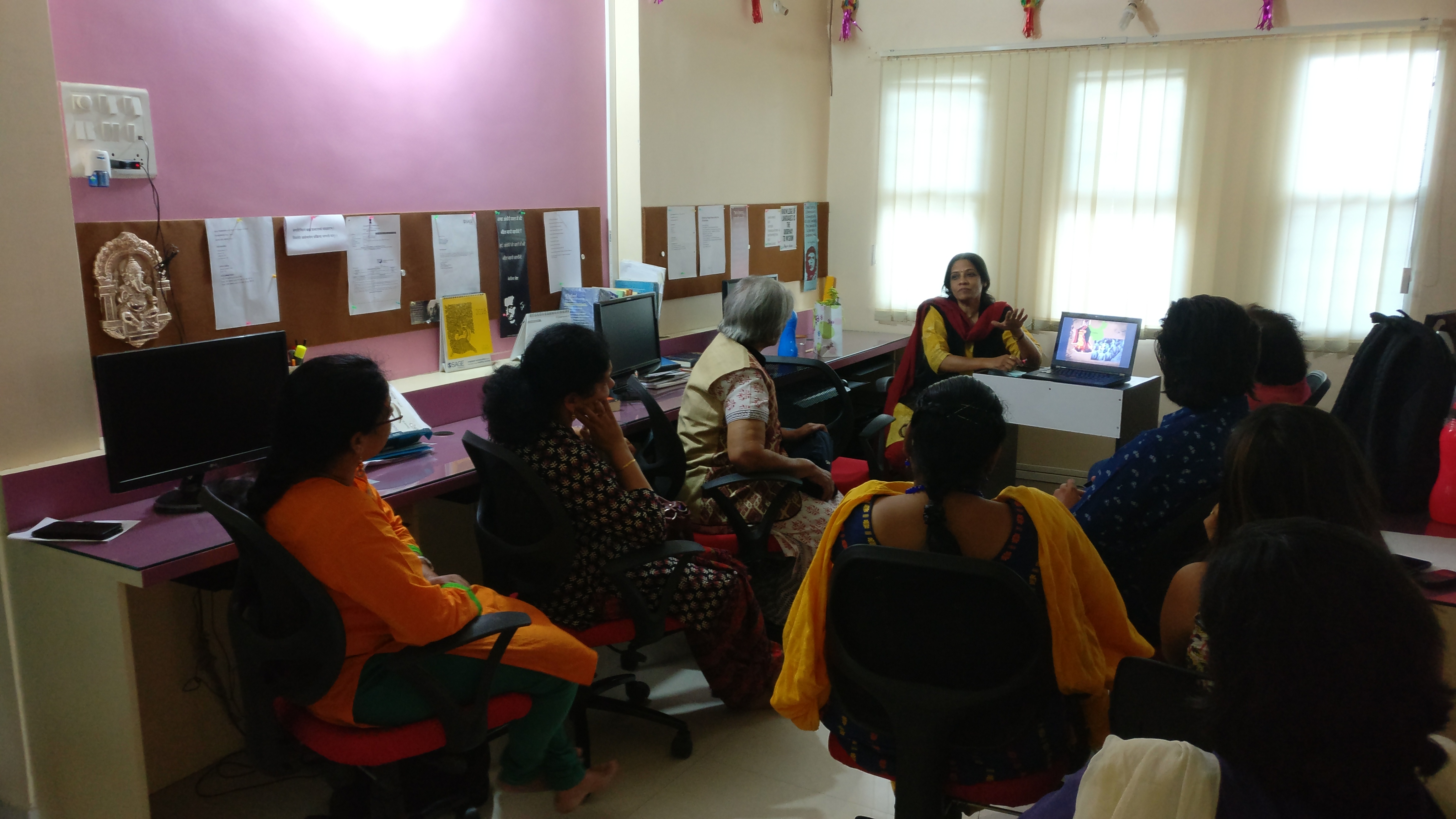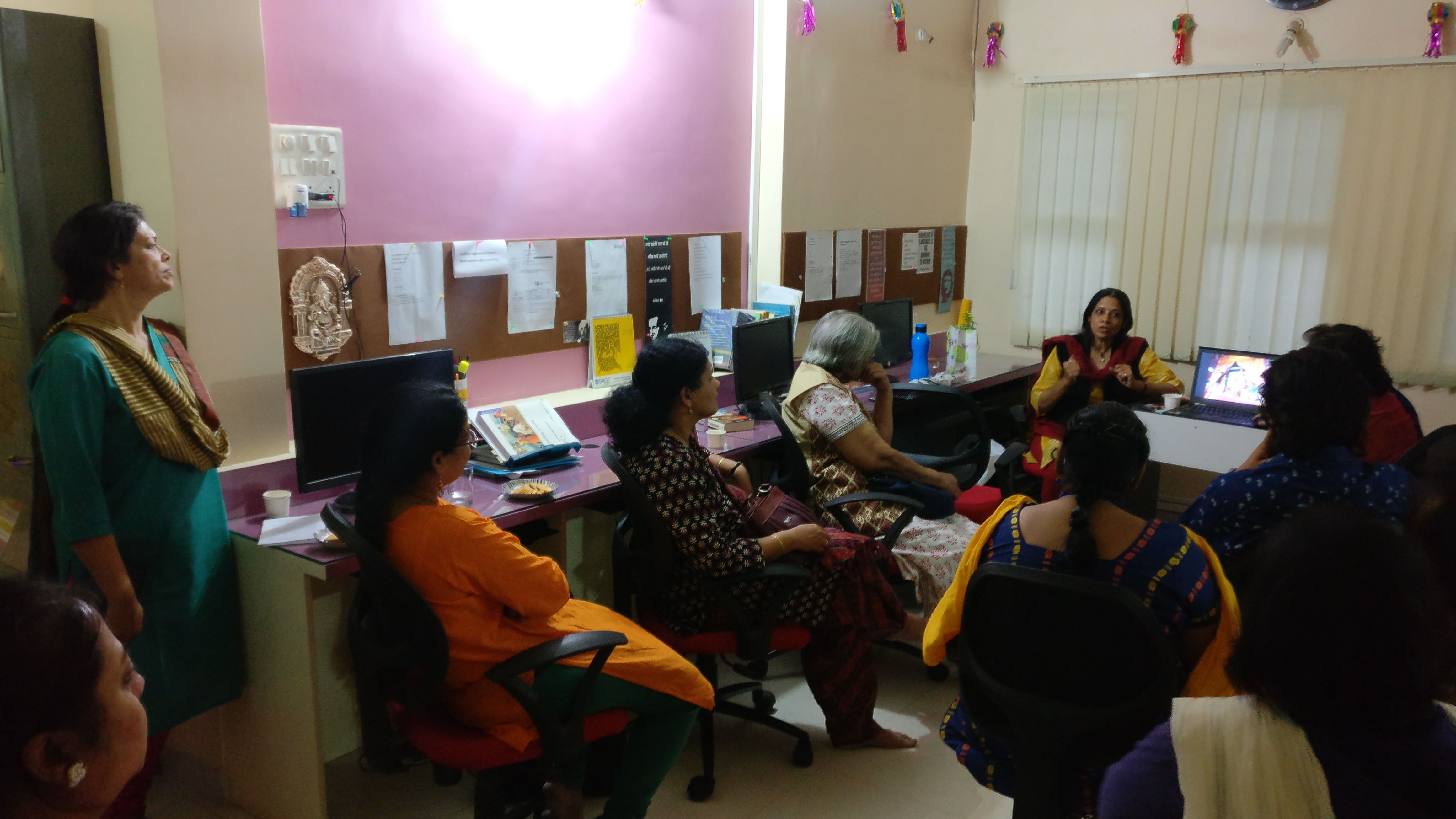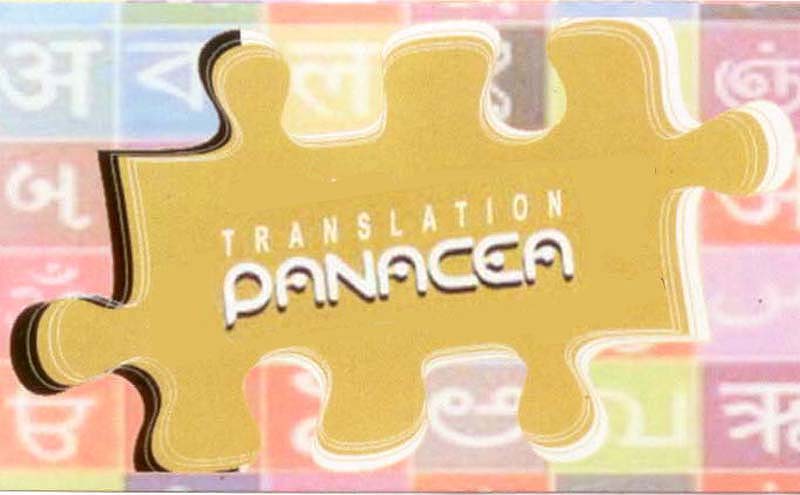चीनी मनी


चीनमध्ये जवळजवळ ८०० ते ९०० खेडी प्राचीन काळातली आहेत. त्यातल्या १९२ खेड्यांचं प्राचीन रूप आहे असं जतन करण्याचा एक प्रकल्प चीन सरकारने हाती घेतला आहे. त्याचाच एक भाग म्हणून आर्किटेक्ट या नात्यान
चंदाताईंच्या कामानिमित्ताने आणि चिनी भाषेत स्थानिक लोकांशी संवाद साधताना त्यांनी दीर्घ कालावधीत नोंदविलेली काही निरीक्षणे:
चीनमधल्या जेमतेम १० टक्के जमिनीवर शेती होऊ शकते. बाकीची जमीन शेतीला पोषक नाही. जिथे शेती होते अशा सुपीक जमिनीच्या परिसरातच ती १९२ खेडी आहेत. अर्थात खेडी असली तरी तिथे सुबत्ता खूप आहे. शेतीसाठी सरकारकडून भरपूर अनुदानं आणि बाकी मदत मिळते त्यामुळे अगदी चारजणांचं कुटुंब सुद्धा १०० एकर शेती करू शकतं. एकंदरीतच तिथले शेतकरी सधन आणि खूश आहेत. बरं नुसती शेतीतली कामं करून चैन पडत नाही. म्हणून मग तिथल्या स्त्रिया फावल्या वेळात कसल्याशा वस्तू बनविण्याची कामंही करतात. सरकारकडून कच्चामाल घरपोच येतो त्यामुळे सगळं सोप्पंही होतं. मेड इन चायनाचा ठप्पा लावून जगभरात जी उत्पादनं पाठविली जातात ती अशाच पद्धतीने बनतात. कामसूपणा हा चिनी लोकांचा गुण सगळ्यांनीच घ्यायला हवा.
भारत आणि चीनमधल्या बऱ्याचशा पद्धती सारख्या आहेत. उदाहरणार्थ आपल्याकडे सरस्वतीपूजन होतं तसाच एक विधी त्यांच्याकडेही होतो. त्यांनी आपल्या आयुर्वेदाचा अभ्यास केला आहे. आपल्या योगसाधनेचंही वेड आहे त्यांना. त्यामुळेच तिथे इन्डोचायना योगा कॉलेजही आहे. आपल्याकडे चाणक्य होता तसा त्यांच्याकडे कन्फ्युशियस होऊन गेला. योगासारखंच त्यांचं ताई ची आहे. त्यांची लिपी मात्र आपल्यापेक्षा वेगळी म्हणजे चित्रलिपी आहे हे बहुतेकांना ठाऊक असेलच. स्वयंपाक घराबाहेर अंगणात करतात. कमळाची देठं वाळवून ठेवून नंतर खातात. त्यांच्या जेवणात साप, नाकतोडे, पोर्क, बीफ, बदकं वगैरे सगळे जीव असतात. सापाची तर वाईनसुद्धा बनवितात. असं सगळं असलं तरी शाकाहारी माणसाचं काही अडत नाही. शाकाहारींसाठी पण खाण्यापिण्याचे बरेच प्रकार असतात तिथे.
ही गावं नद्यांच्या जवळ वसल्यामुळे मधून वाहणारी स्वच्छ नदी आणि आजूबाजूला घरं असं दृश्य हमखास दिसतं. अनेक ठिकाणी तळी बांधलेली आहेत आणि त्यांच्या सभोवती घरं आहेत. सार्वजनिक स्वच्छता तिथे खूप पहायला मिळते. एकंदरीतच ती गावं सुंदर, स्वच्छ आणि नीटनेटकी आहेत.
थोडक्यात सांगायचं तर, त्या देशातल्या महानगरांनी जरी आधुनिक चेहरा धारण केलेला असला तरी गावांचं गावपण अजूनही छान टिकून आहे. एखाद्या चित्रातल्या गावासारखं.
चंदा कानेटकरांनी त्यांच्या सहजसुंदर शैलीत बोलत चीनच्या ग्रामीण भागाचं चित्र अगदी हुबेहूब समोर उभं केलं. इतकं की, शक्य झालं तर कधीतरी ती गावं प्रत्यक्ष पहावीत असंही अनेकांना वाटून गेलं.
अशीच नवनव्या विषयांची चित्रं रंगविण्यासाठी अवांतरमध्ये यायलाच हवं. तर मग पुढच्या अवांतर मध्ये तुमची उपस्थिती गृहीत धरू ना!
जानेवारी २०१८ च्या अवांतर चा विषय आहे सायकलींग आणि त्यावर बोलणार आहेत उद्धव गोडबोले. सायकलींगचं वेड आणि शहाणपण या विषयाची माहिती ऐकण्यासाठी १७ जानेवारी, २०१८चा दिवस नक्की राखून ठेवा.
English Summary : Glimpses of China
Chanda Kanetkar had been offered an opportunity to work on a project by Government of China in 2015. Of the 800-900 ancient villages, the Chinese Government plans to conserve the ancient face of 192 villages. Chanda Kanetkar worked as a part of the pool of architects from all over the world on this project. She stayed there with a local Chinese family and got a chance to observe the local everyday life. In the last Avantar session, we invited her to present some glimpses of her experiences in China.
Chanda observes:
In the192 villages selected for the project only 10% of the land was cultivable. As the Government of China offers many subsidies and other facilities, agriculture is an easy choice for the local people. Even a family of mere four people can manage a land of hundred acres. The wealth and prosperity is visible in those villages and the farmers seem happy.
Another interesting observation was than of the Chinese women. The female members of the family are more workaholic. One would never find them sitting idle, doing nothing. So, apart from all their farming duties and household chores, they work for the cottage industry run by the Government, on job work. Products made through this cottage industry are exported to other countries with the tag of Made in China.
One can see many similarities in India and China. Some of China’s rituals have striking similarity to that of India, such as Saraswati Poojan, invoking the goddess of knowledge for blessings. They have studied Ayurveda and Yoga with a very keen interest. So they also run an Indo-China Yoga College. There are similarities between Indo-Sino cultures and beliefs, like those of Chanakya and Confuscious, Yoga and Tai chi and others.
The notable difference lies in the scripts of both the cultures. Chinese scripts use logogram characters which are different from the alphabet structure of Indian languages. Chinese are known for their varied cuisine which includes unusual ingredients such as snakes and grasshoppers along with pork, beef duck etc. But nonetheless, a vegetarian won’t be disappointed with a wide spread of delicacies. They also make many kinds of wines, one of which is a snake wine!
All the villages are situated around rivers or lakes. They are neat, clean and surrounded by nature. To see such picturesque villages would always be bliss for one. Chanda Kanetkar presented such a beautiful image of those villages before the audience through her speech, that one could easily visualize them!
So let’s meet in the next session of Avantar, to be enchanted by another interesting topic ‘Cycling’, on 17th January, 2018.

